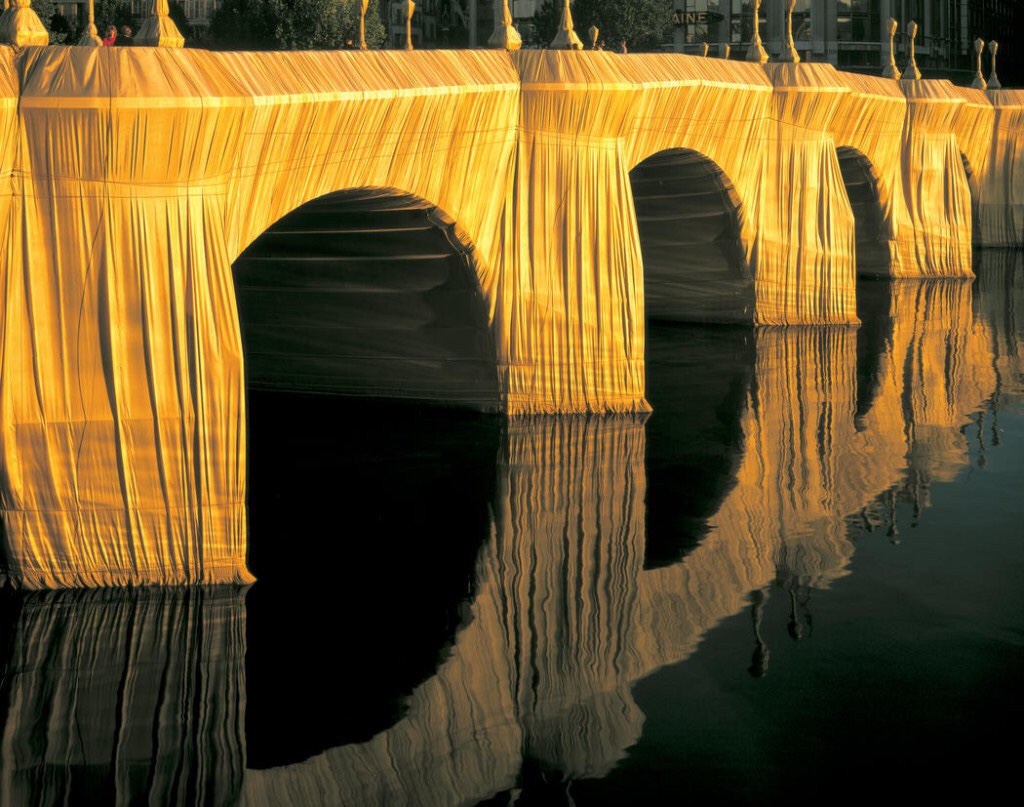The more I carried the ‘mod-rock-mitt’ the more familiar I got with it, I found carrying it against my chest was the way I felt most secure with it. Like this:

This position inspired me to cast my own hand in mod rock so that my sculpture could replicate the cradling position of my hand when it holds the mitt to my chest.

Here Kevin stepped in to help me create a final piece worthy mod rock cast.



The mould looked great however the mod rock hand wasn’t large enough to fit the mod rock mitt alongside it meaning I couldn’t have them fitted together as a sculpture.
I abandoned that idea and turned to my other thoughts about how I could make the mitt more like a child’s security blanket or favourite teddy and so I set about making it more purpose friendly.
To make the overall feel of the mitt softer and smoother I covered it in batting. At this point I was really starting to connect with the mitt and it was bringing up emotions from when my mum was no longer living with my family and would send me letters and cards telling me she would be coming home and that she loved me.
I decided to follow this feeling and started writing small notes with some of her phrases on them.



I started of by folding the notes and then as I got more upset I decided to scrunch them up; cliched maybe but it felt like what the words deserved.
I then pushed all the notes through the hole in the bottom of the mitt, putting the scrunched balls last.
I sealed the hole.
The only evidence of the notes is a slight noise when you shake the mitt which I think is appropriate since they will only be discovered through thorough physical exploration by someone who wants to learn what their eyes can’t show them which I guess harks back to my original concept of hiding and covering something.
The mitt was then covered in a red fuzzy soft material and assumed its role as a comforter and a vessel of emotion.























